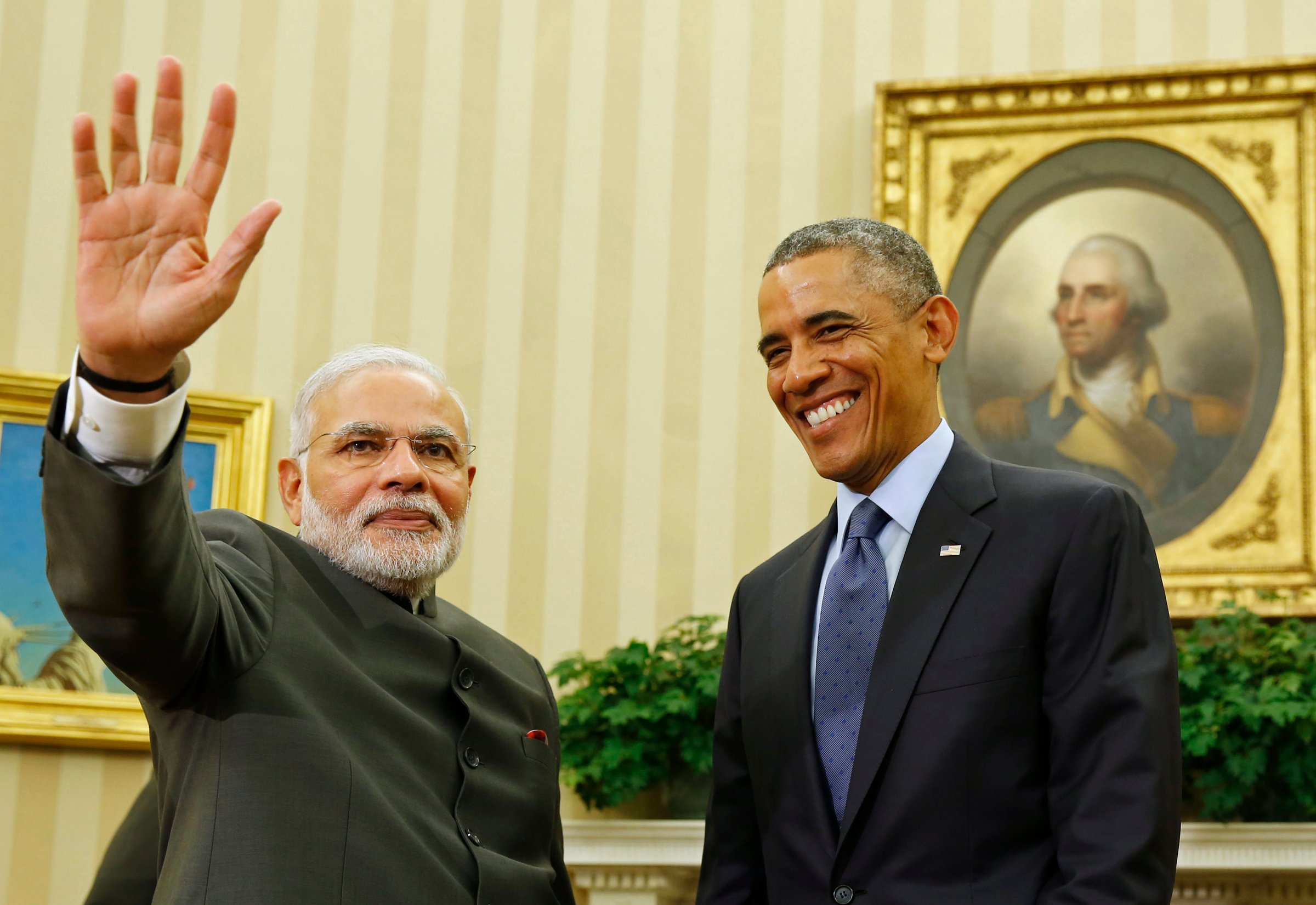
U.S. President Barack Obama is expected to touch down in New Delhi on Sunday morning, kicking off a highly anticipated three-day visit that will see him attend India’s Republic Day parade on Jan. 26.
Here are the five things you need to know as the President arrives in the Indian capital.
1. This is a highly symbolic visit with many firsts
Obama will be the first U.S. President to attend the Jan. 26 parade, a Soviet-style jamboree to mark the day in 1950 India’s constitution came into force. Past invitees to the annual celebration include Japanese Prime Minister Shinzo Abe, Russian President Vladimir Putin and French President Nicholas Sarkozy. But that’s not all: when he lands in New Delhi, Obama will also become the first sitting U.S. leader to visit India twice, following an earlier trip in 2010.
2. This is not the first (nor even second) meeting between Obama and the new Indian leader
Prime Minister Narendra Modi, who came to power following Indian national elections in 2014, traveled to the U.S. in September, visiting New York City and calling in at the White House in Washington D.C. “It is rare for leaders, especially American presidents, to have successive summits so quickly,” Tanvi Madan, director of The India Project at the Brookings Institution, told TIME. Modi and Obama also met at the G20 Summit in Australia and the East Asia Summit in Burma last year.
3. Relations between the two countries haven’t always been smooth
Another reason this visit is significant is that it symbolizes a rapid improvement in U.S.-India ties, which were nearly undone at the end of 2013 over a row involving Devyani Khobragade, India’s deputy consul general in New York. Accused of visa fraud and underpaying her house-keeper, she was arrested and strip-searched by U.S. law enforcement, sparking angry protests and diplomatic retaliations from India.
4. The symbolism may be backed up by some substance
Modi and Obama will discuss a whole host of issues when they sit down for talks. Among those topping the agenda will be bilateral trade, climate change, increased defense cooperation and investment in India’s civilian nuclear sector, where a deal is being sought to break a long-standing impasse over a local law that is blamed for keeping foreign nuclear companies from getting involved in the Indian market. (It’s not yet clear if the two sides will come to an agreement in time for the President’s arrival.) Obama and Modi are also expected to discuss the regional geopolitical situation.
5. And finally, there’s a bilateral radio show
Obama will join Modi on a special edition of the Indian leader’s regular radio program that will air on state broadcaster All India Radio on Jan. 27. The Indian Prime Minister broke the news of the show himself using his Twitter feed:
And the state broadcaster prepared a special poster:
See The History of US—India Relations in 12 Photos
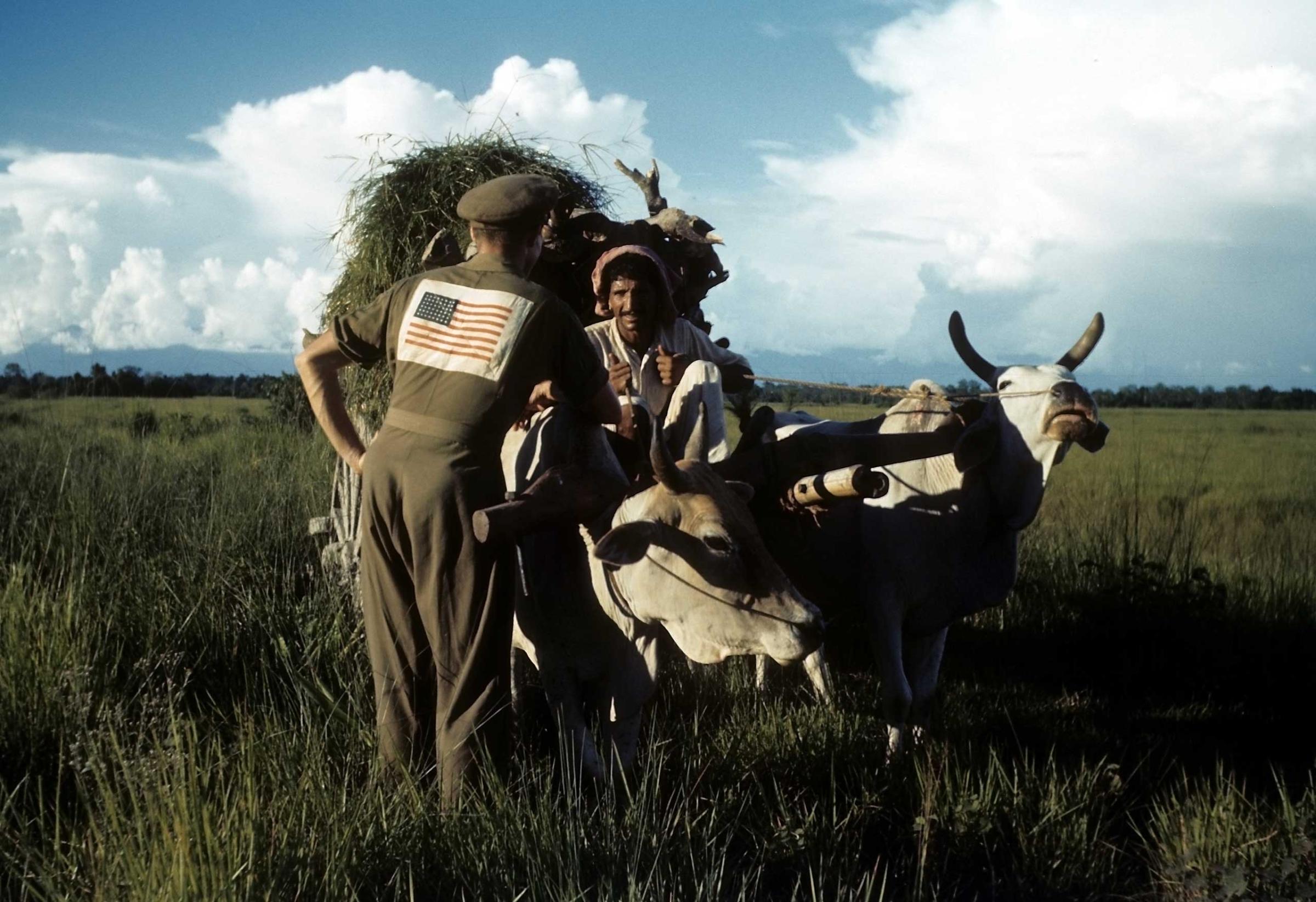
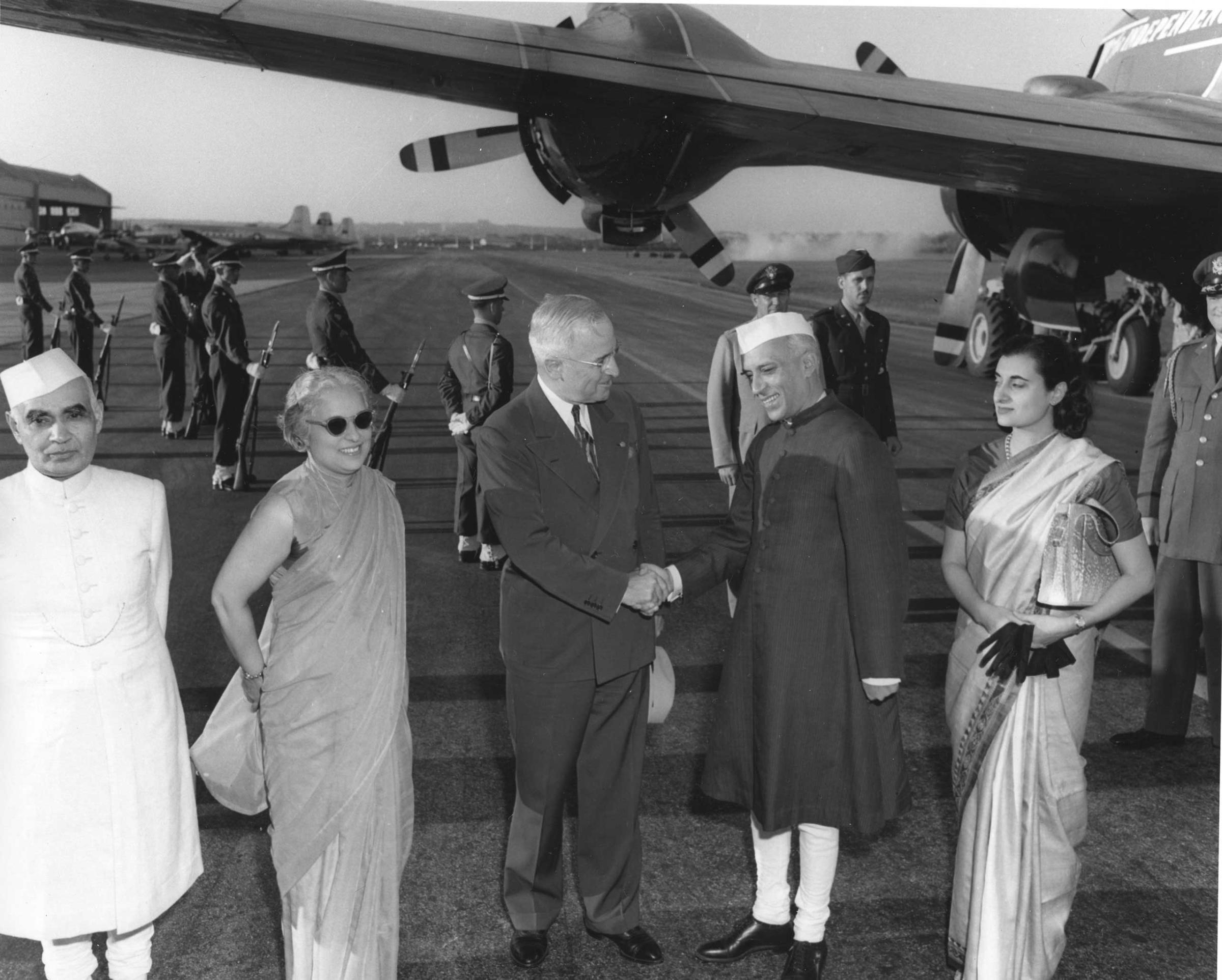
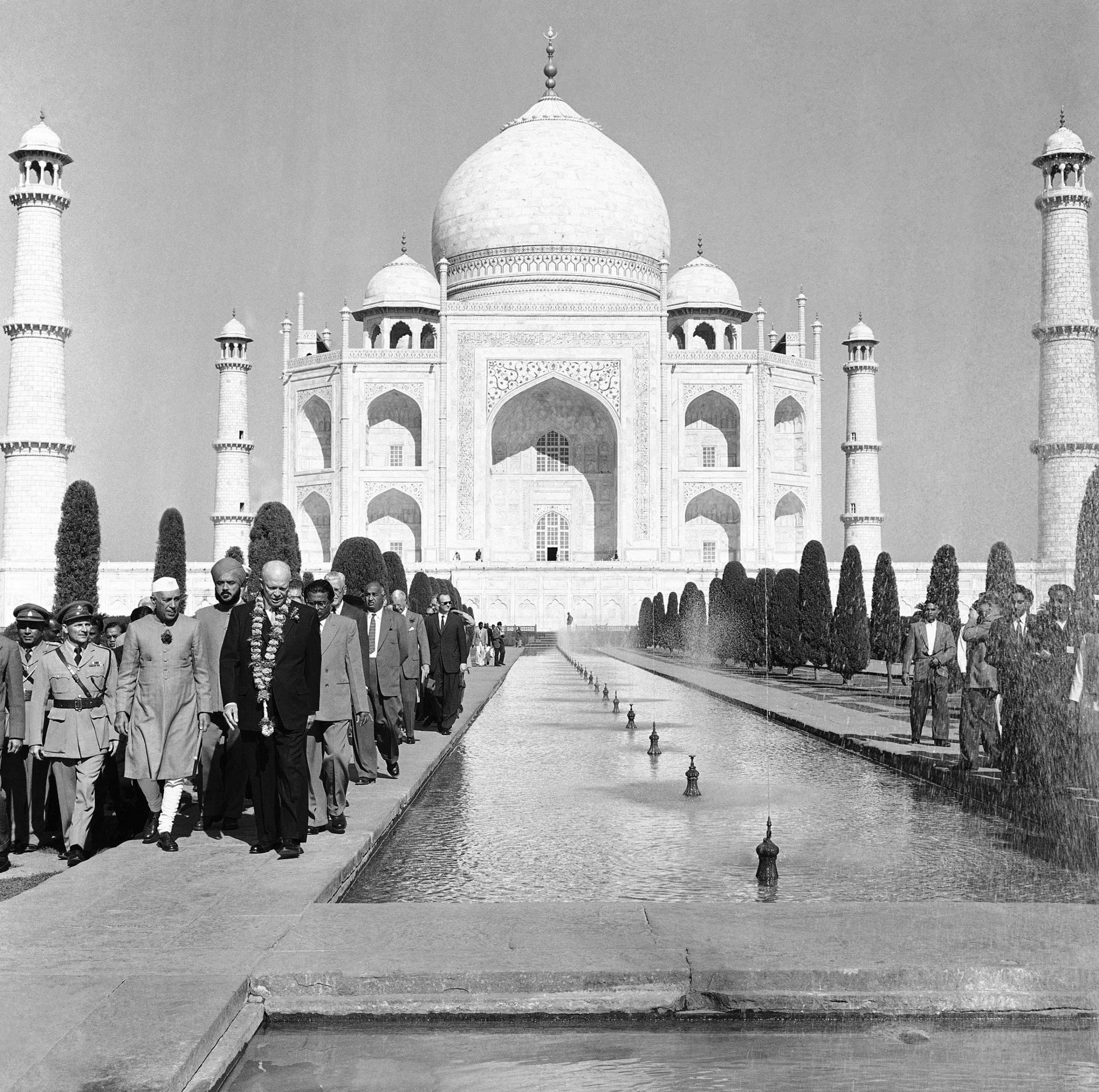
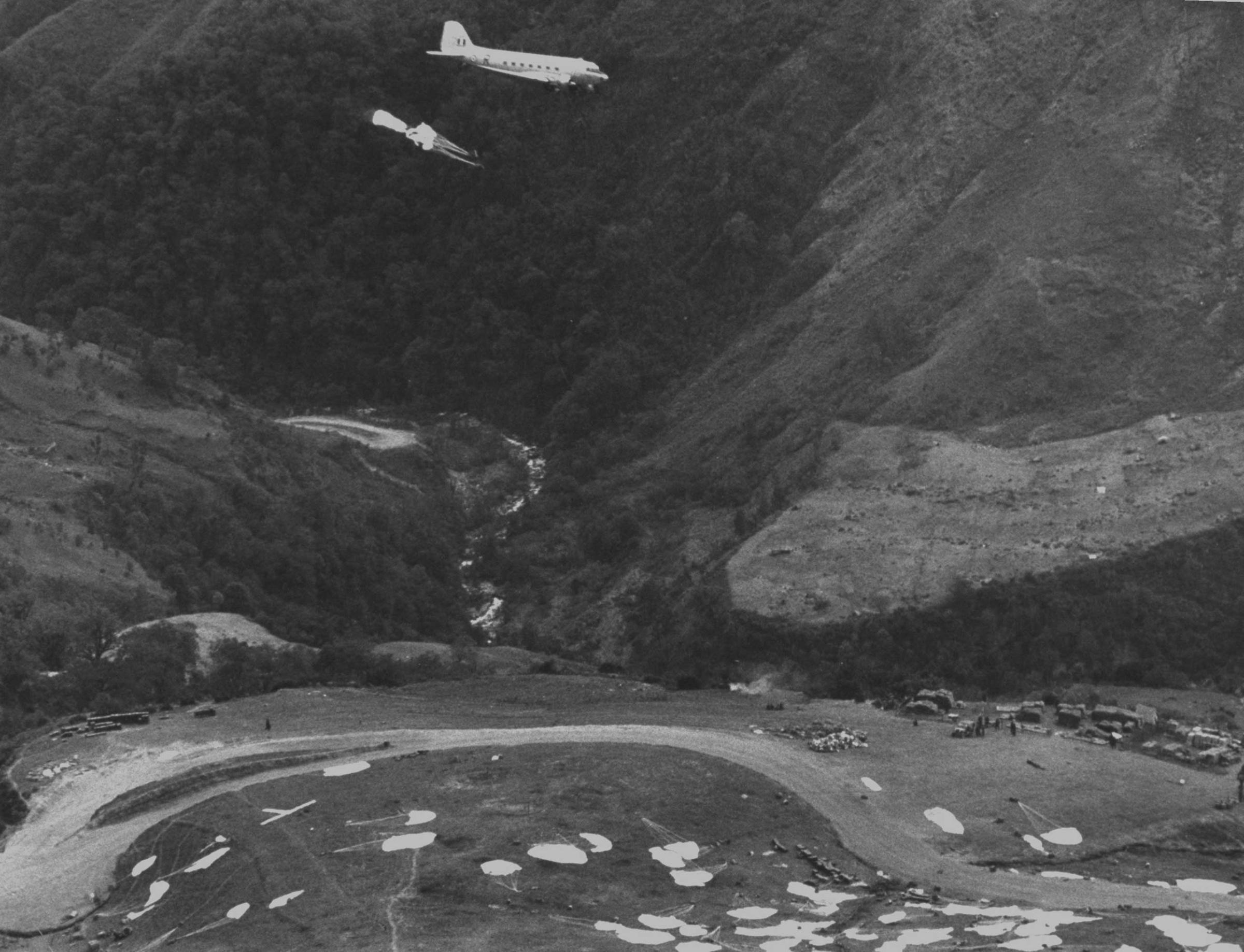
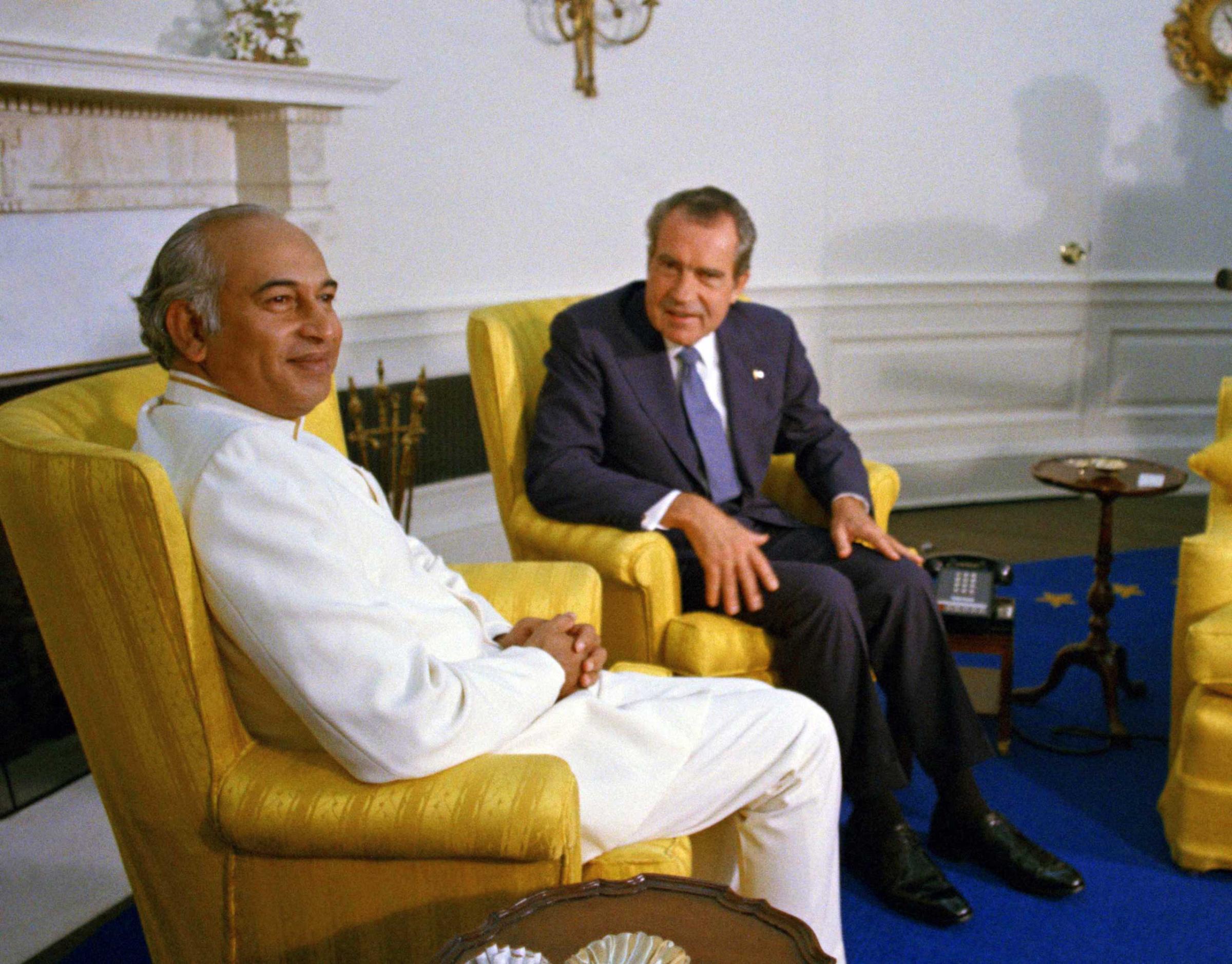
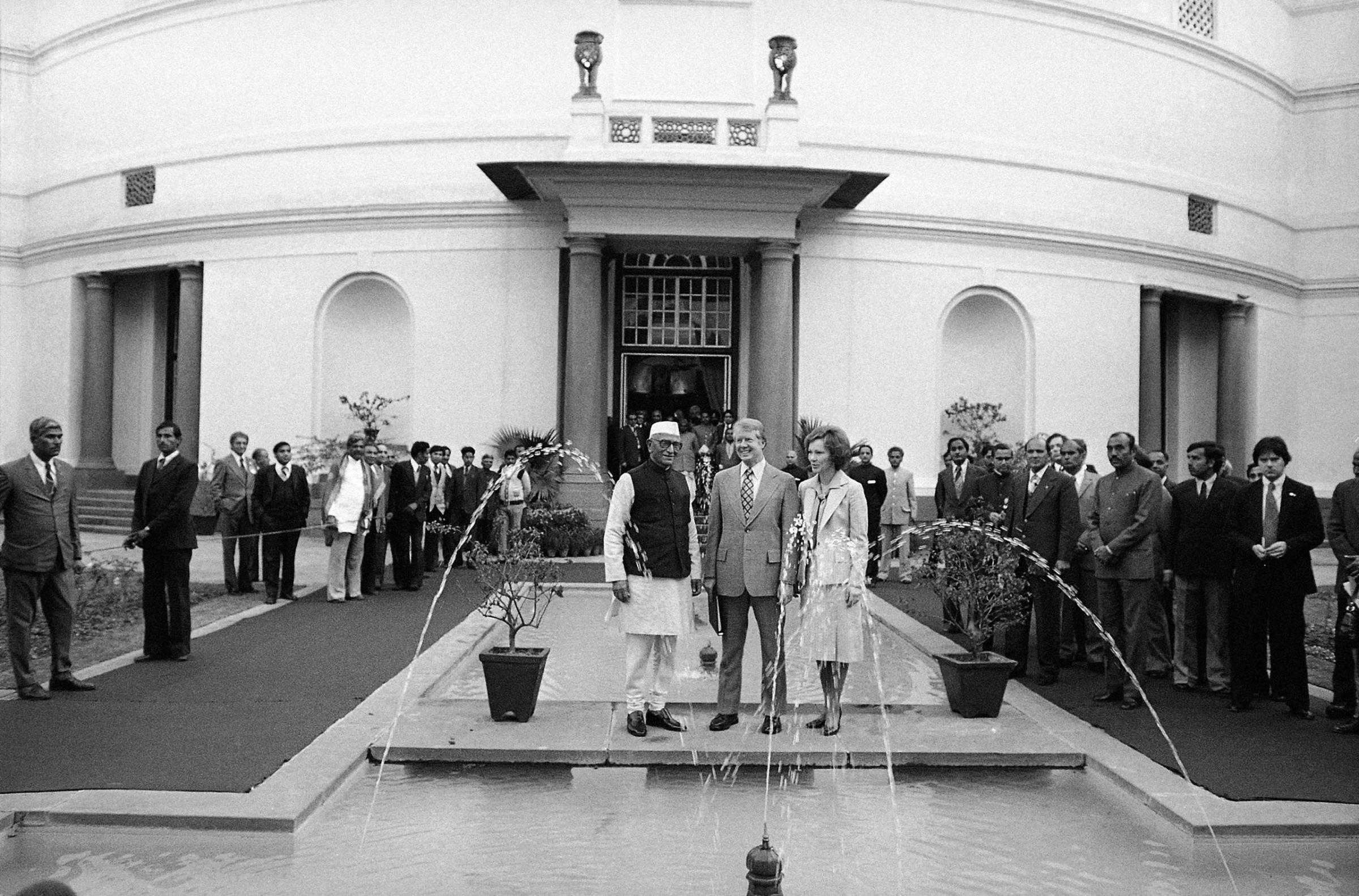
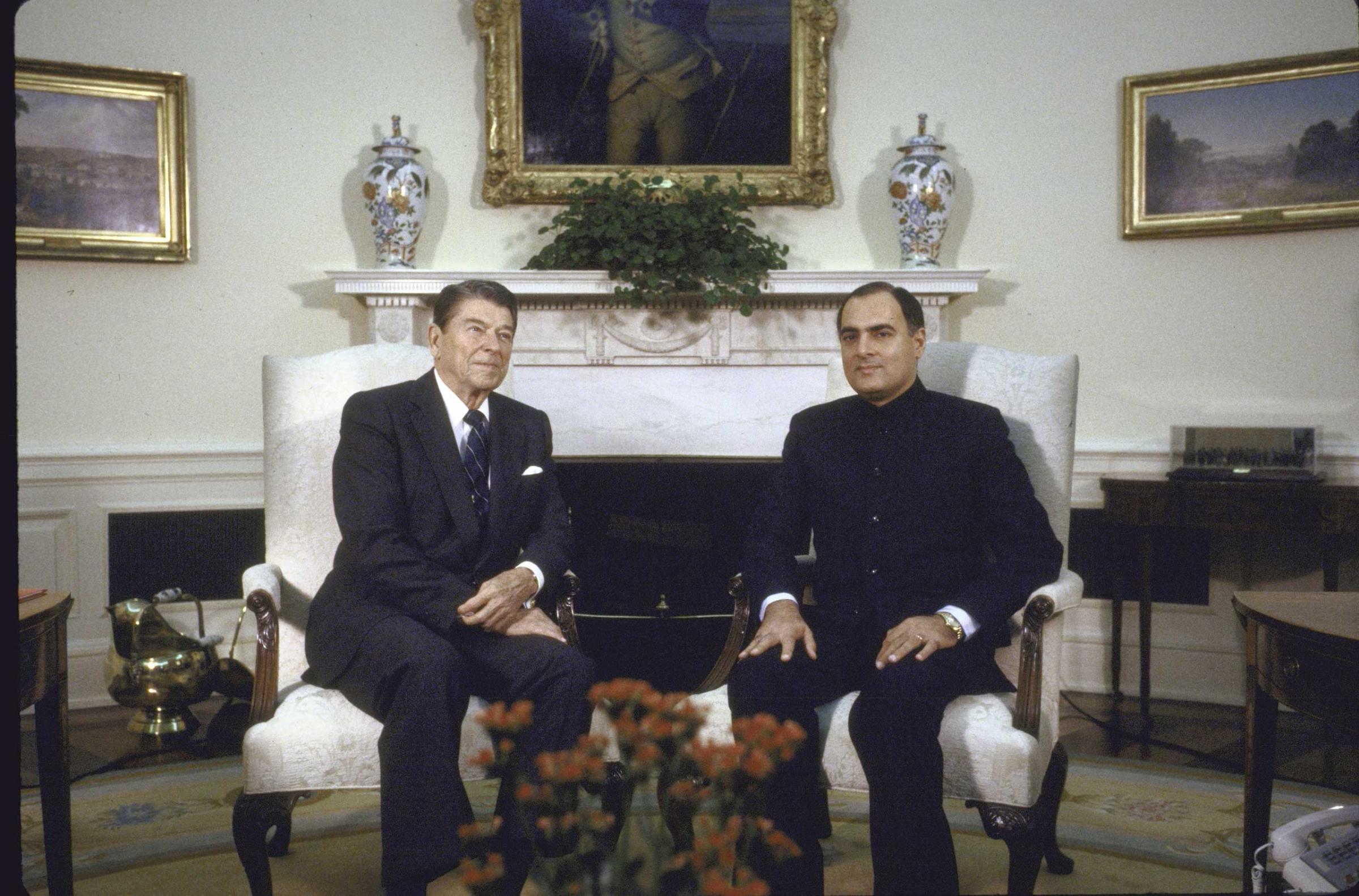

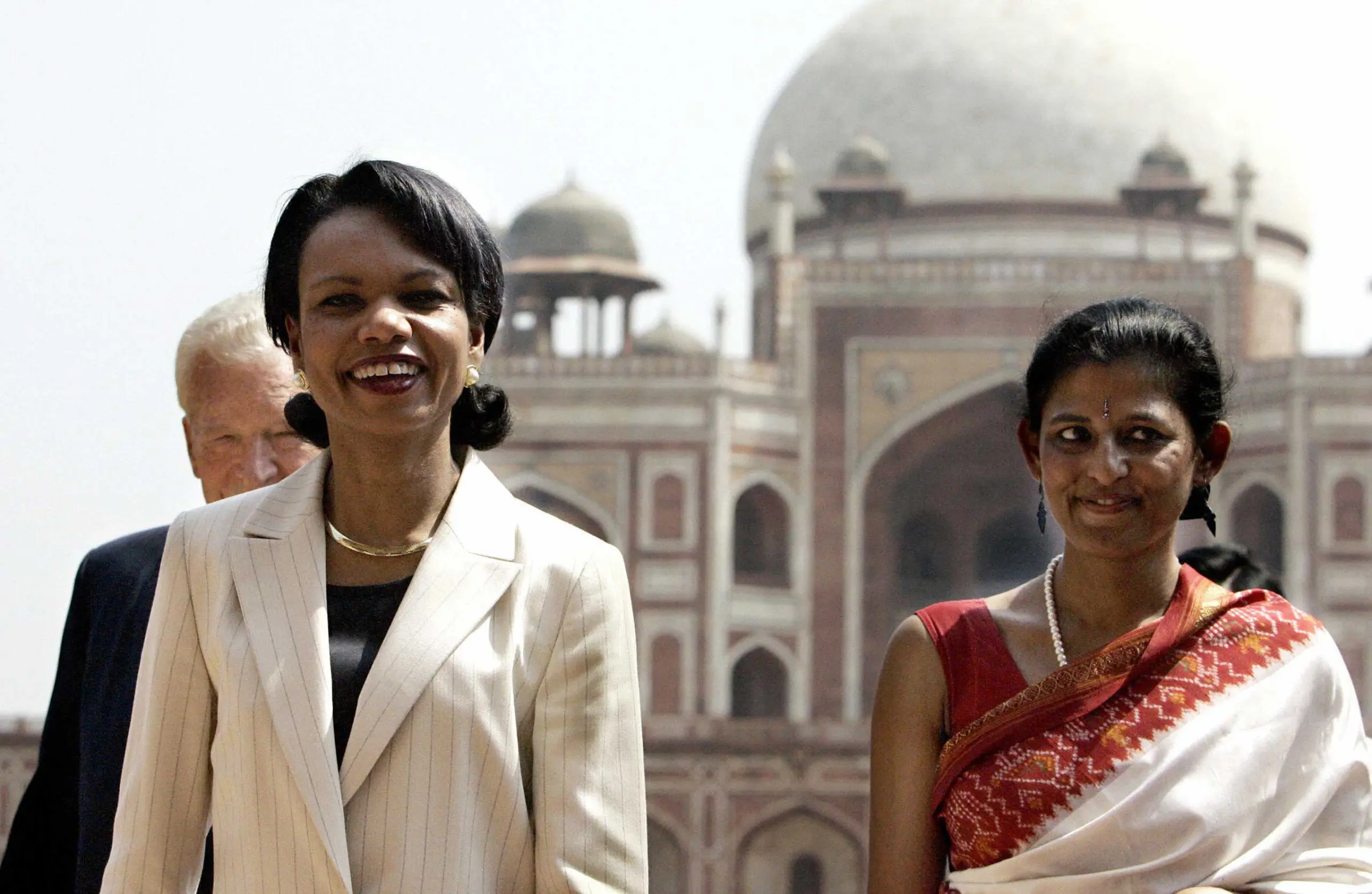
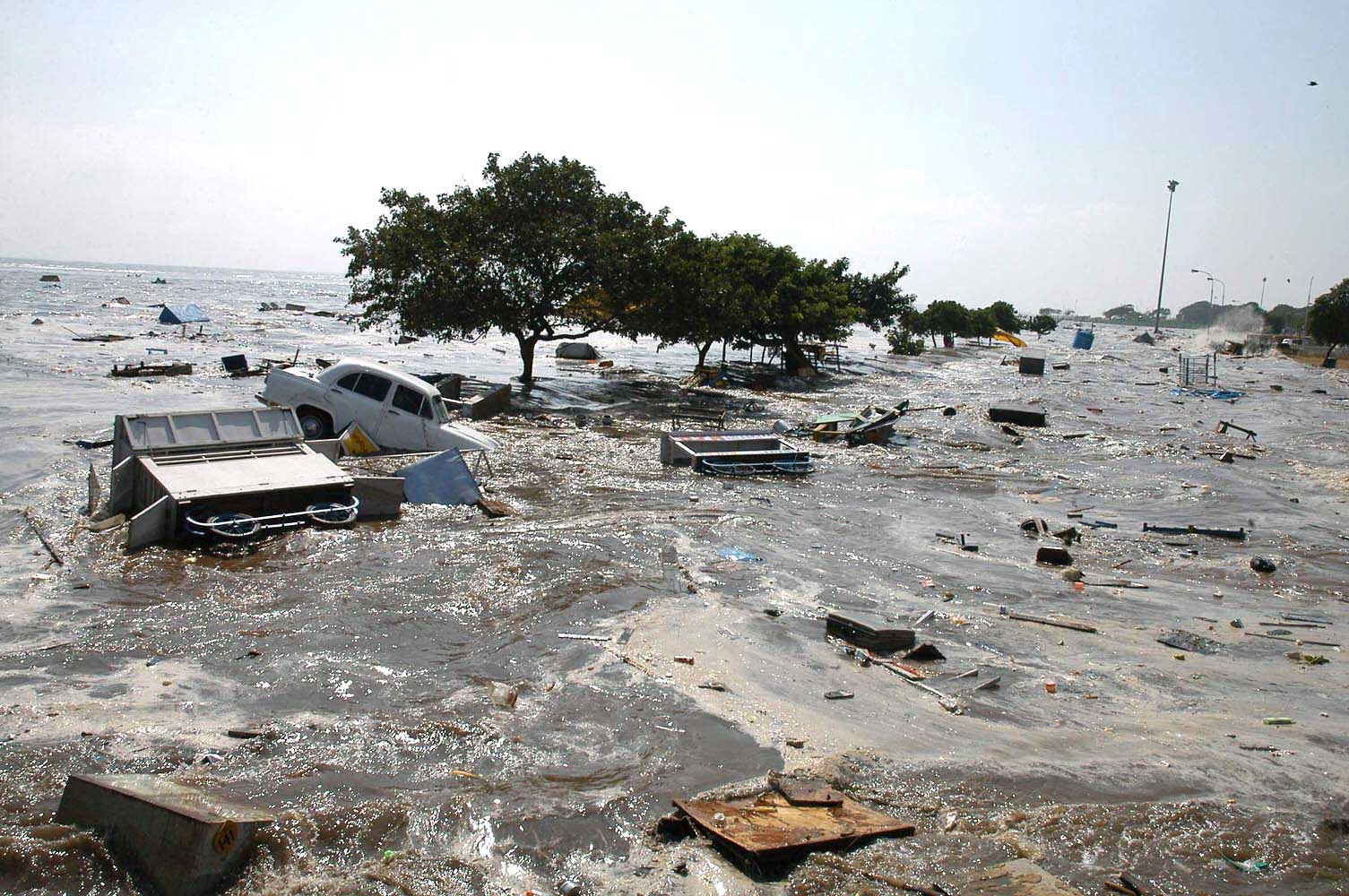
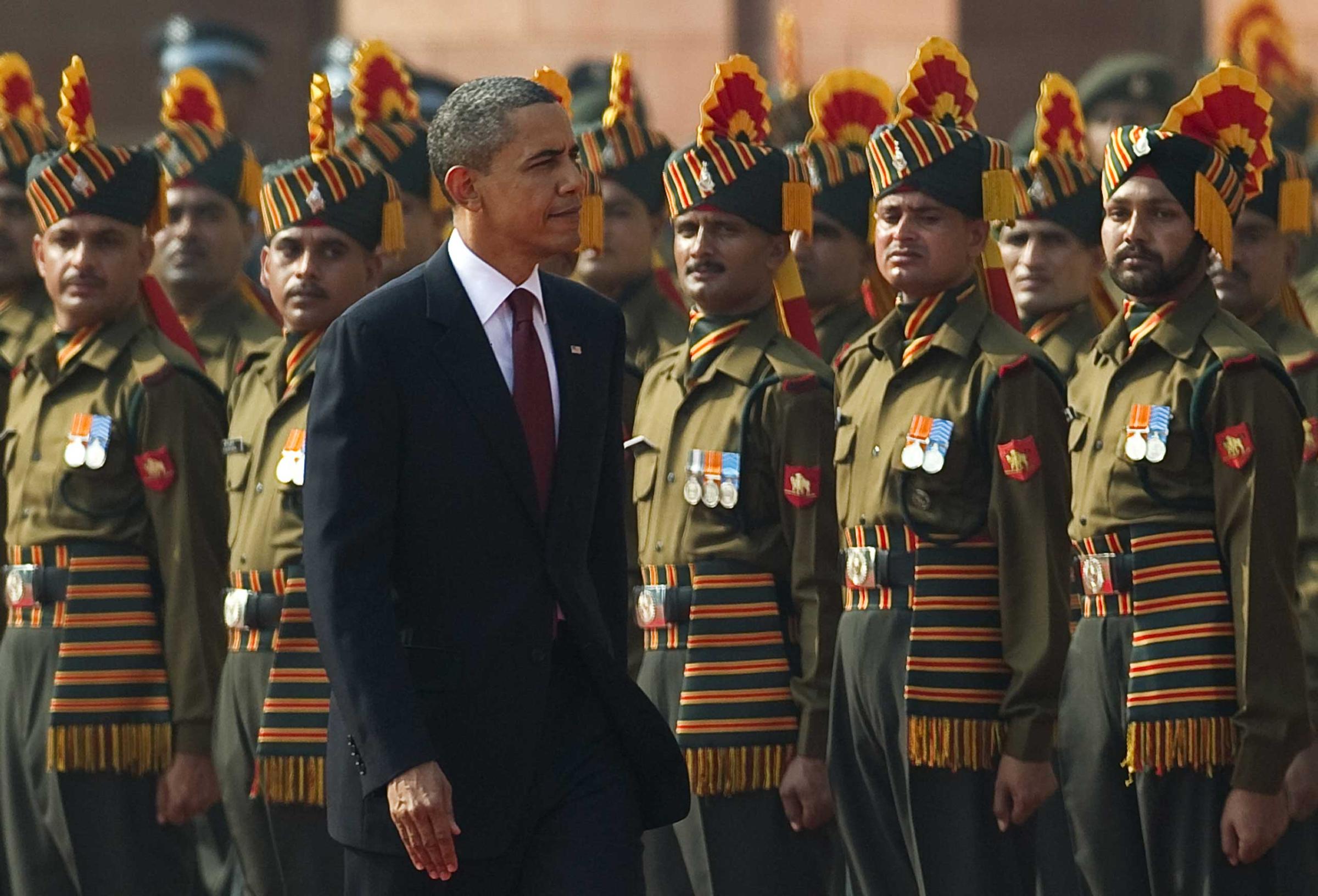
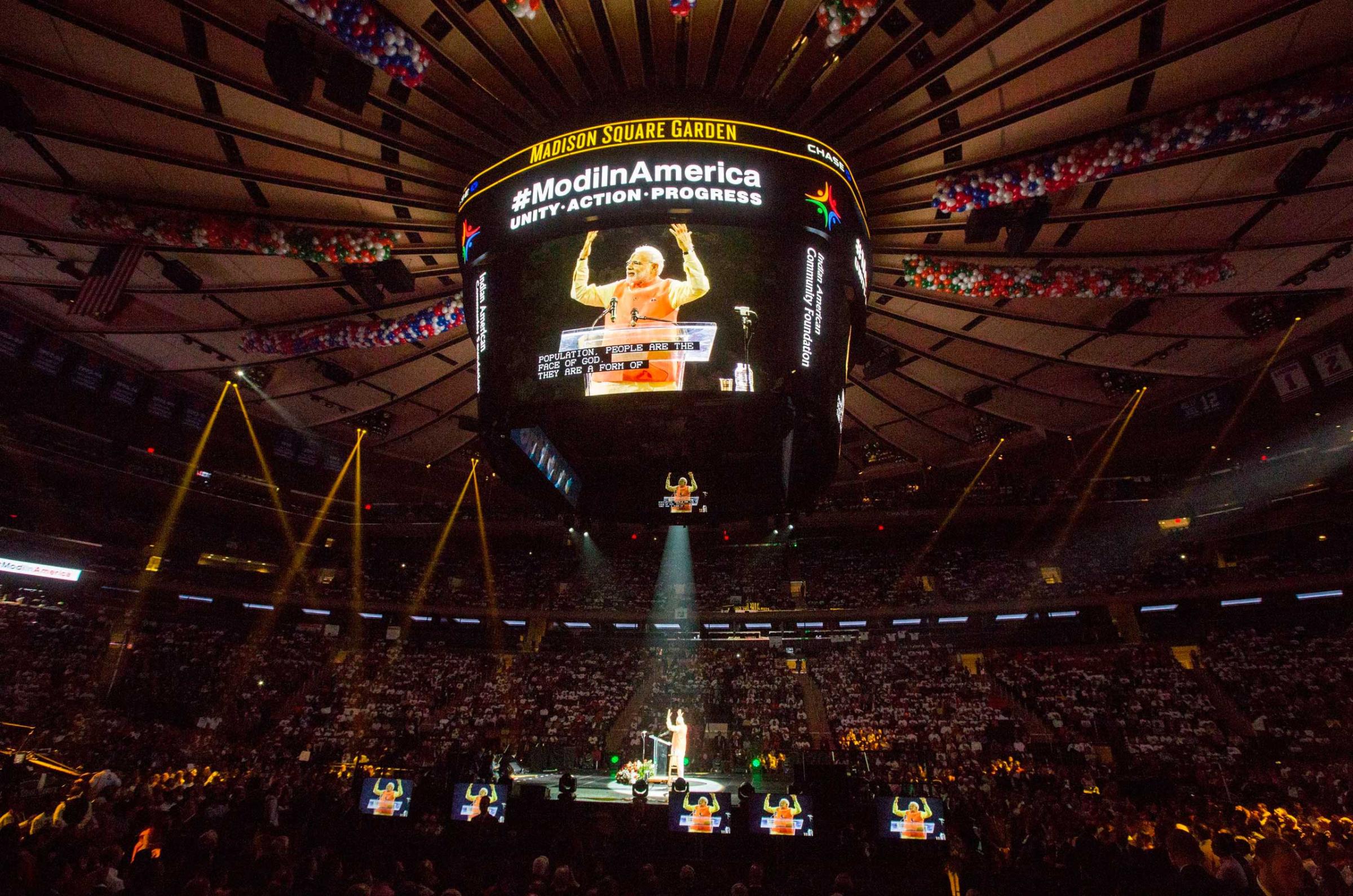
More Must-Reads from TIME
- Why Trump’s Message Worked on Latino Men
- What Trump’s Win Could Mean for Housing
- The 100 Must-Read Books of 2024
- Sleep Doctors Share the 1 Tip That’s Changed Their Lives
- Column: Let’s Bring Back Romance
- What It’s Like to Have Long COVID As a Kid
- FX’s Say Nothing Is the Must-Watch Political Thriller of 2024
- Merle Bombardieri Is Helping People Make the Baby Decision
Write to Rishi Iyengar at rishi.iyengar@timeasia.com